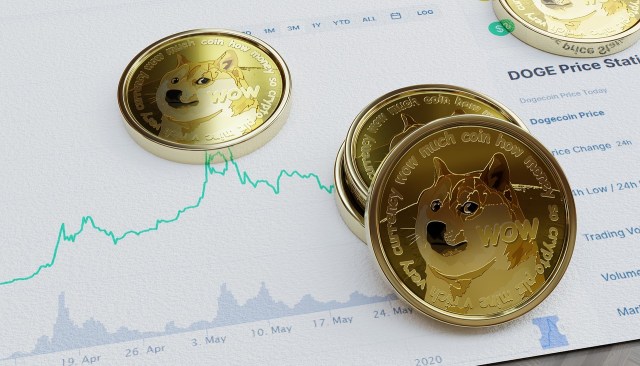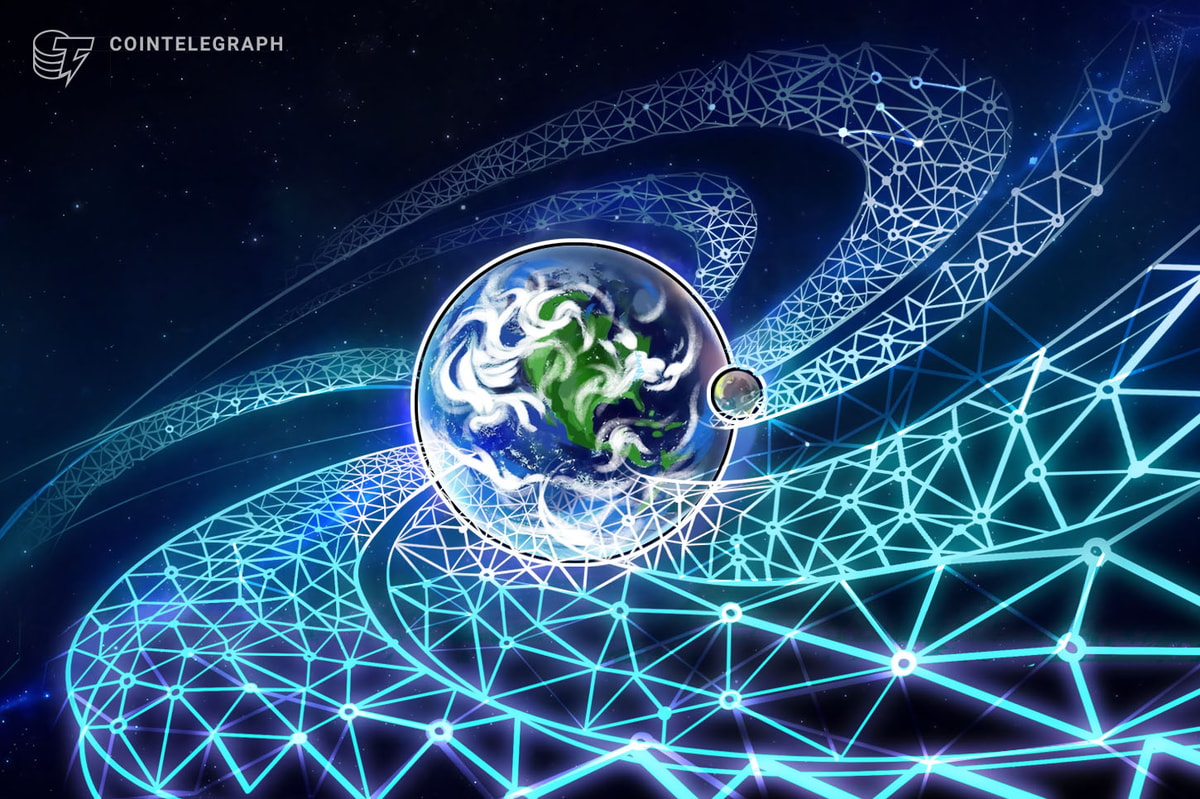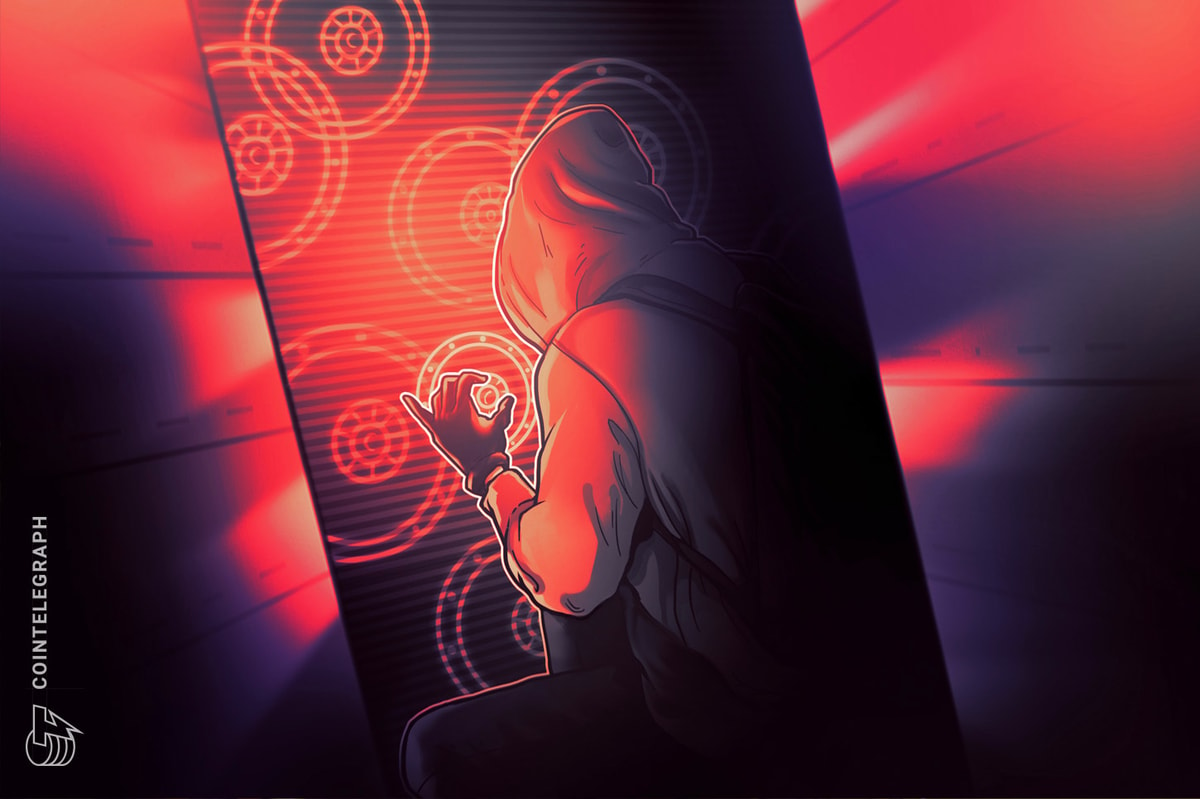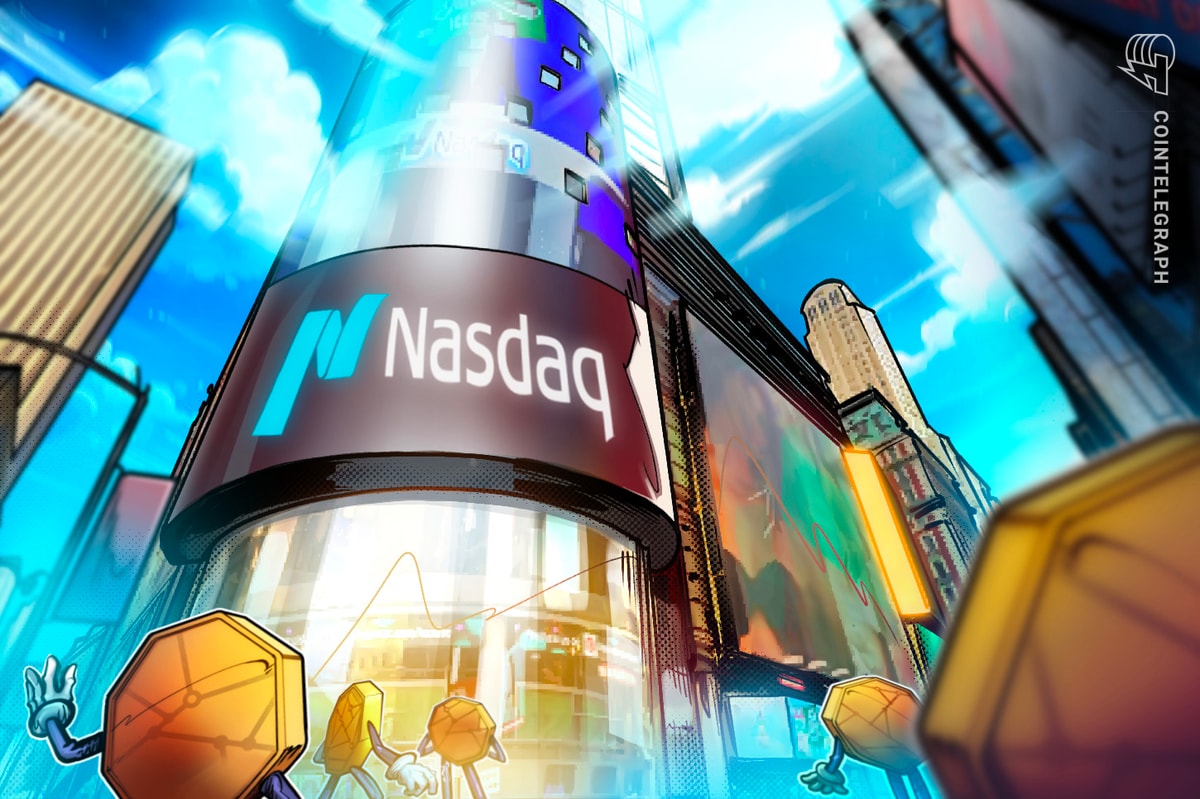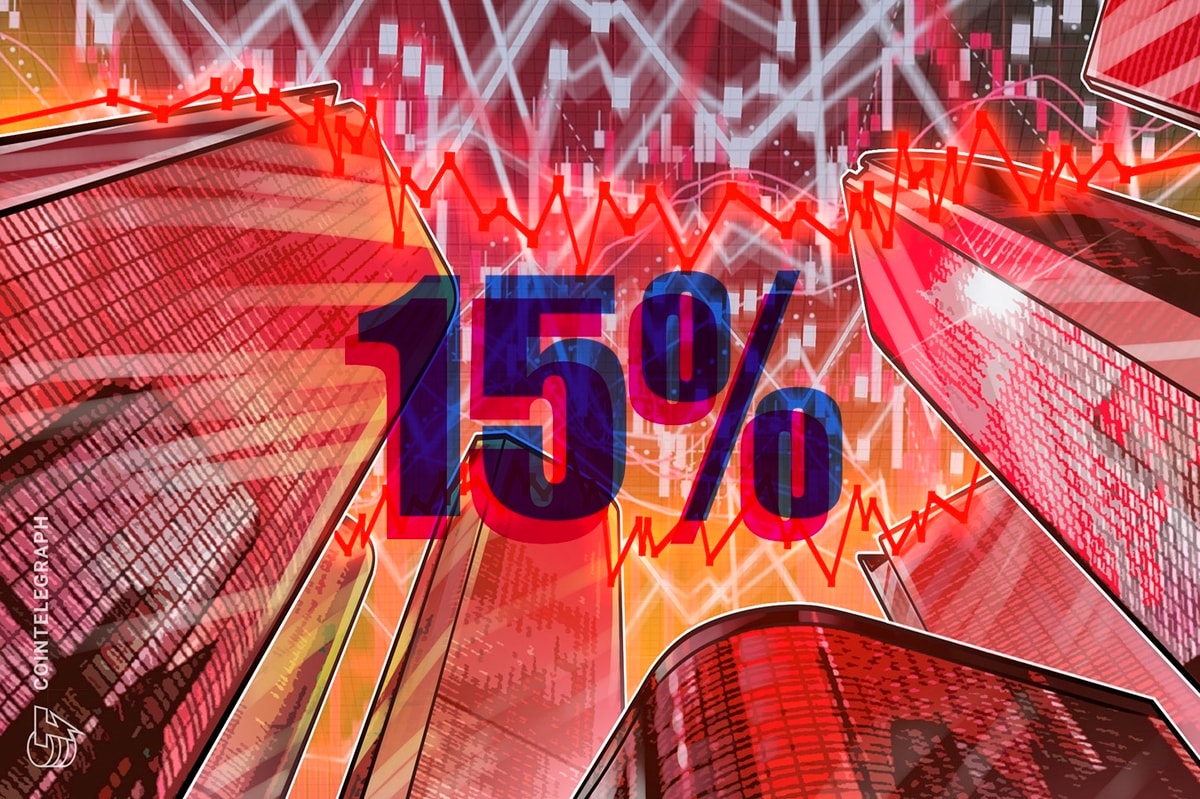
Ethereum is finishing its ‘Thawing’ phase, designed to help the network grow organically at a slow and steady pace. In a matter of hours, the network will be handling transactions and trading will begin. Ethereum CCO Stephen Tual published a new blog post asking miners are asked to update their clients.
Tual published an update last night on the thawing process that Ethereum has been engaged in since its recent launch. Until now, miners were able to verify and add blocks to the blockchain, but no transactions were possible because of an artificially low limit on how much ‘gas’ could be spent on the network.
This artificial limit is ready to be lifted, but it requires miners to update their Ethereum clients to the latest version. Tual writes: “The thawing pull request has been merged for the Go client and the Master branch has been updated. If you’re still running branch release 1.0.0 please switch to Master.”
For users implementing a C++ Ethereum client, he suggests that, “they can also switch to master once merged, and binaries will be made available shortly.” He adds, “If you’d rather not update eth but still wish to help thaw the network, you can also just restart eth with an extra parameter of –gas-floor 3141592.”
The gas limit will not be released immediately, but will grow gradually. Ethereum’s gas price is determined by miners and how much of their computing power they are wiling to contribute to the network. If no miners update their client and raise the artificial limit they are willing to accept, then no transactions will be possible on the Ethereum network.
However, even if all miners raise the limit to the max, it will still take at least 28 hours to reach the max gas limit and at least 6 hours for the network to be able to process basic transactions. According to Tual, this is “because the protocol forces them to climb slowly at a certain rate. That rate is equal to previous block limit / 1024.”
He adds that “we’re going to reach 3M within 28h assuming a steady 15s block time including propagation. But here’s the thing – not all miners are going to update in time, some might forget and some might never update!”
What about trading?
Trading is expected to begin soon after Ethereum transactions can begin to happen. Various exchanges have confirmed that they will be trading Ether, including:
- Gatecoin
- Kraken
- Poloniex
- Yunbi
- NXT’s asset exchange, backed by SuperNET.
How do I import my presale Ether?
If you bought Ether during last year’s presale, you’ll need to import the coins into an Ethereum wallet to be able to move them. This process is still somewhat technical and requires the use of a command line interface to an Ethereum node according to this guide.
Some exchanges will likely facilitate this process. If you are not comfortable with running a node and using the command line interface, more user-friendly options may be available within several days.






